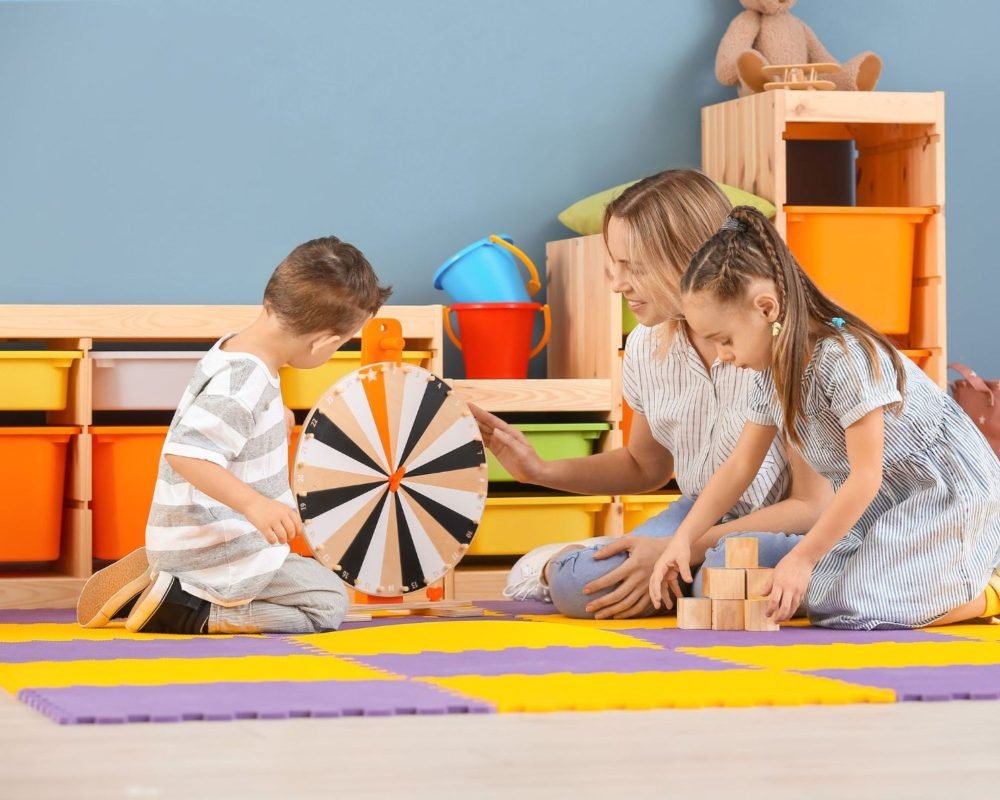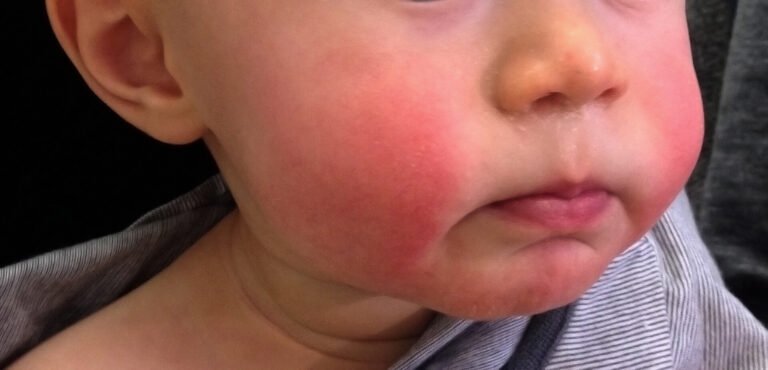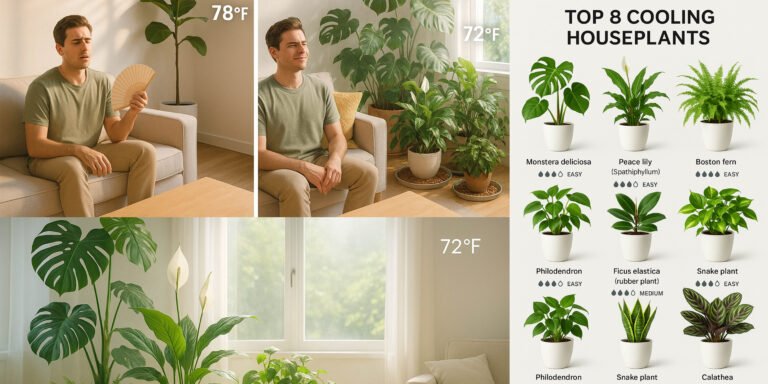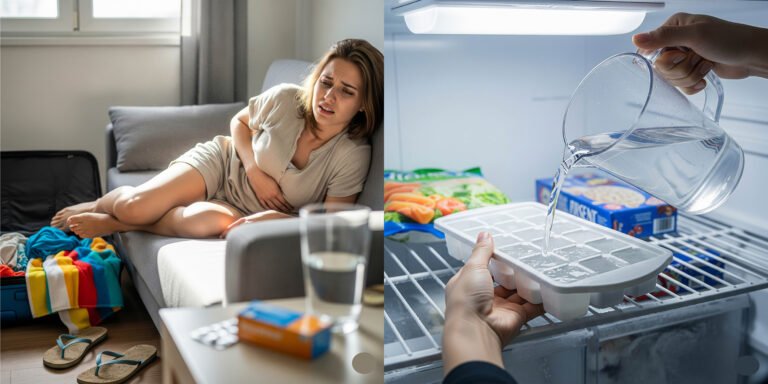Art is much more than a fun activity—it’s a powerful way for children to explore emotions, build confidence, and develop essential life skills. Whether it’s painting, modeling with clay, or creating art from recycled materials, giving kids the freedom to express themselves creatively can have lasting emotional and developmental benefits.
In this article, we’ll explore why creative expression is essential for children, how to create an environment that supports it, and share hands-on activities that encourage artistic freedom and emotional growth.
Why Artistic Expression Matters for Kids
Children, regardless of age, need ways to express their emotions. Art offers a safe, non-verbal outlet to explore their feelings—both conscious and unconscious.
When children are free to draw, build, paint, or sculpt without judgment or pressure, they engage in a process that nurtures imagination and emotional release. The focus isn’t on the final product, but on the creative journey itself. This journey gives children a tangible way to externalize their inner worlds, helping them make sense of emotions they may not yet have words for.
Emotional and Developmental Benefits:
- Emotional regulation: Art reduces stress and encourages inner peace.
- Boosts self-confidence: Creating something independently builds a sense of accomplishment.
- Improves communication: Art bridges the gap when words are hard to find.
- Enhances focus and patience: The creative process teaches concentration and attention to detail.
- Develops motor and sensory skills: Handling different textures and tools strengthens coordination and tactile sensitivity.
Creating a Nurturing Environment for Creative Expression
Supporting your child’s creativity starts with the right environment—one that’s welcoming, flexible, and judgment-free. Here’s how to build that space at home:
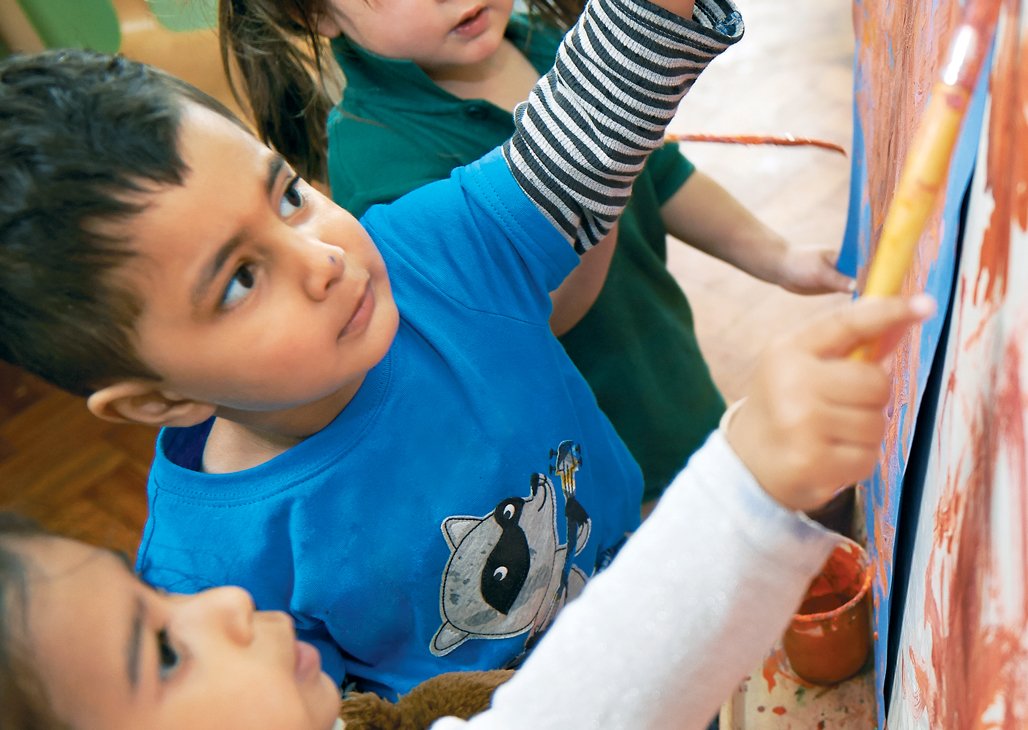
Tips for a Creative-Friendly Setup:
- Respect individuality: Your child’s tastes and creations may differ from yours—and that’s okay.
- Choose a mess-friendly space: Use easy-to-clean areas and clothes that can get dirty.
- Avoid over-direction: Let your child explore materials without specific expectations.
- Be supportive, not intrusive: Ask open-ended questions like “Tell me about this part!” instead of giving feedback on looks.
- Offer simple, accessible materials: Store items in a drawer or box within reach—recycled objects, paints, clay, and paper.
- Allow downtime: Unstructured time and boredom often lead to bursts of creativity.
Activity 1: Express Emotions Through Painting
Painting is a joyful, hands-on way for children to express emotions and explore colors, textures, and patterns. Using different tools like sponges, forks, and even fingers can bring exciting results.
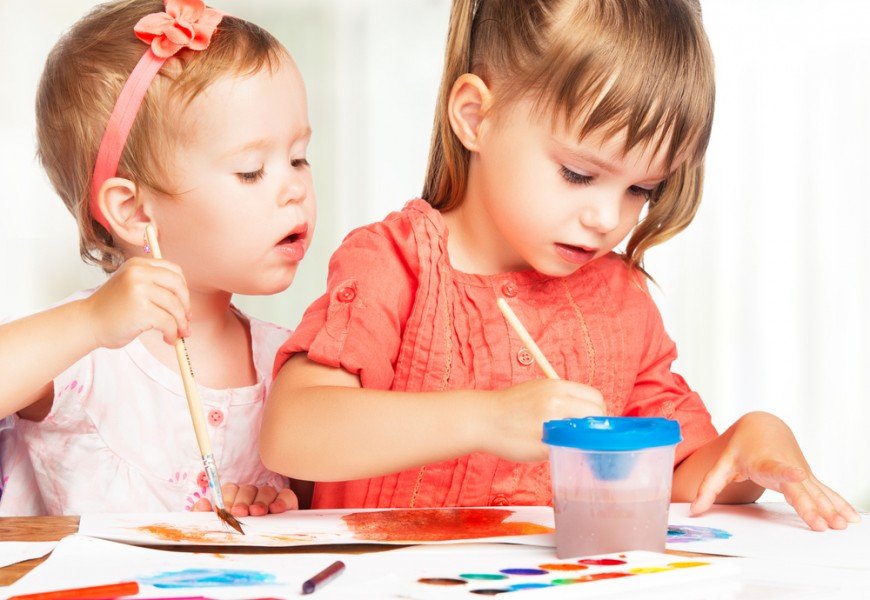
How to Set It Up:
- Offer just one painting tool at a time to allow exploration.
- Encourage texture play—scraping, dabbing, or smearing.
- Let kids use their fingers if they want—it’s sensory magic!
Supplies:
- Heavyweight paper (180–200 gsm)
- Gouache or acrylic paint
- Plastic forks and knives
- Kitchen spatula
- Sponges cut into fun shapes
- Corks, cotton swabs, cardboard pieces
Pro Tip
Focus on exploration over results. Ask “What does this remind you of?” or “How did you make that effect?”
Activity 2: Modeling with Clay or Dough
Clay, salt dough, and playdough are tactile materials that invite imagination and calm the mind. Molding and shaping builds focus and motor skills while offering a deeply soothing sensory experience.
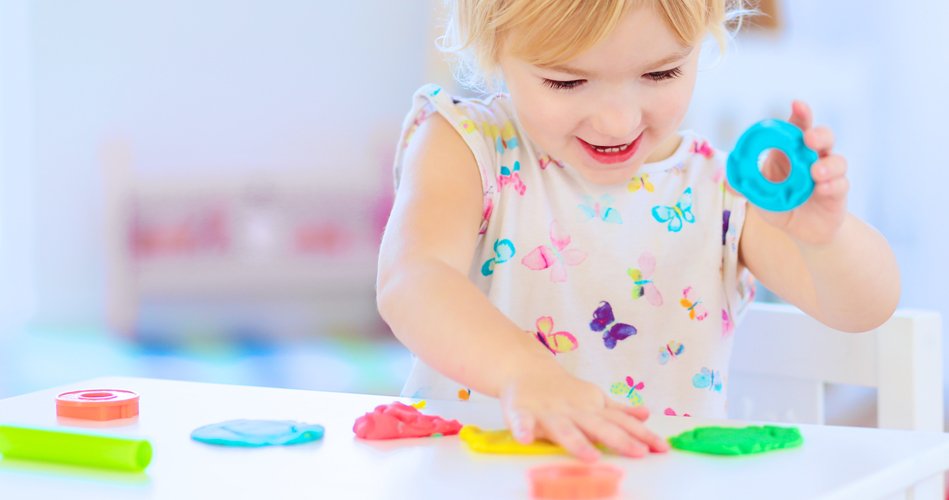
What to Do:
- Give a handful of clay and encourage kneading, rolling, pressing, and cutting.
- Use household items like buttons or caps to create imprints.
- Add a damp sponge to rehydrate dry clay during long play sessions.
Supplies:
- Air-dry or homemade clay
- Bottle caps, buttons, straws
- Rolling pin or kitchen roller
- Cookie cutters and wooden modeling tools
- Damp sponge for refreshing the clay
Creative Tip : Ask your child to invent a character or story about what they’re sculpting—it enhances storytelling skills.
Activity 3: Recycled Art Adventure
Turn everyday objects into creative masterpieces! Recycled art not only promotes eco-awareness, but also stimulates creativity in exciting, unexpected ways.
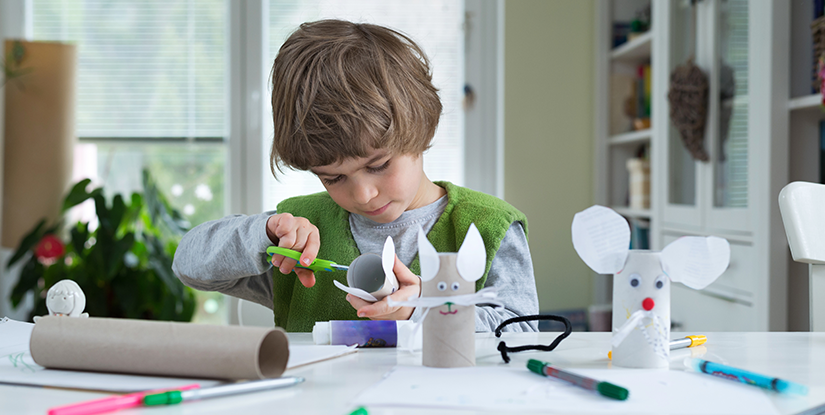
Why It’s Great:
- Encourages problem-solving and design thinking.
- Fosters storytelling as kids create robots, animals, or fantasy worlds.
- Shows the value of reuse and transformation.
Materials to Collect:
- Cardboard (corrugated or flat)
- Plastic bottles and caps
- Corks, paper, tissue, magazines, and newspapers
- Yarn, fabric scraps, sponges
- Natural elements like sticks, leaves, or stones
- Safe glue and child-friendly scissors
Eco Tip: Set up a “treasure box” for your child to collect interesting scraps during the week.
Takeways : The Magic of Artistic Freedom
Art is more than creativity—it’s healing, expressive, and empowering. Whether your child is quietly painting with a sponge or building a rocket ship out of boxes, they’re learning to navigate emotions, gain confidence, and see the world in imaginative new ways.
Offering a safe, open space for artistic play, you’re not just entertaining your child—you’re giving them the tools to grow, communicate, and thrive emotionally.
So go ahead, let them get messy.
